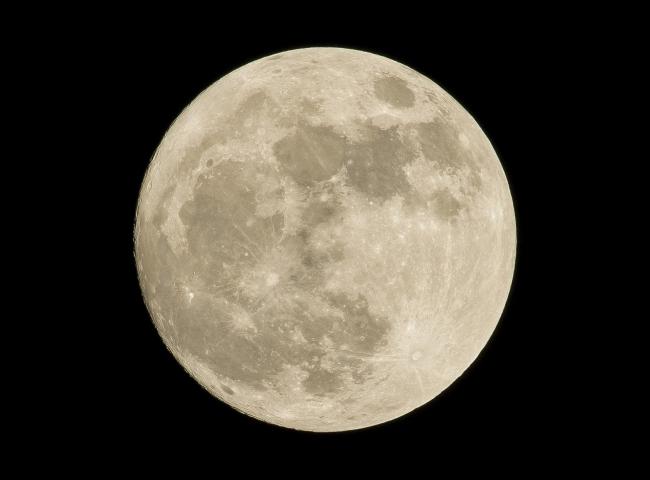
A so-called ‘Flower Moon’ will be spotted over the skies of the UK this week.
Not only that, but May's full moon will also be a supermoon, making it a 'Super Flower Moon'.
But just what does all that mean?
What is a Flower Moon?
The May full moon is traditionally known as the Flower Moon simply because it appears at the time of blossoming flowers.
What is a supermoon?
The moon - our planet's only natural satellite - actually follows an elliptical orbit around the Earth.
This means that at certain points on its egg-shaped path, it can be further away, or closer to us - a differential of about 30,000 miles.
The closest point is called the perigee, and the furthest is the apogee. When a full moon falls on the perigee, it appears far bigger and brighter in the sky and becomes known as a supermoon.
The phenomenon is not actually that rare, and this month's is last in a trilogy that began with March's full moon..
During a supermoon, the diameter of the moon can appear to be about 14 per cent greater than an average full moon.
What time will the moon be biggest?
The full moon will be in the night sky on the evening of Thursday, May 7, though it will technically be at its fullest at 11:45am on Thursday morning.
Seeing as it won't even be in the sky then - let alone visible in daylight - the fullest you'll get to see the moon will come at around 8.45pm on Thurday, when the moon rises.
It will be in the sky all night, and won't set again until about 6.10am the following morning, offering plenty of time for you to catch a glimpse.
For the best effect – and the closest you’ll get to witnessing the spectacular images seen across social media following such an event – you’ll want to look east shortly after moonrise.
“When the moon is near the horizon, it can look unnaturally large when viewed through trees, buildings, or other foreground objects," say NASA.
"The effect is an optical illusion, but that fact doesn’t take away from the experience."
What else should I look out for?
This month's full moon ties in nicely with the peak of the Eta Aquariids meteor shower.
The meteor shower has been going on above our heads for a couple of weeks, and runs roughly from April 19 - May 28.
However, it is this week when budding astronomers are likely to get the best show, as the shower peaks on the night of May 6 into May 7.
The Eta Aquariids should be visible with the naked eye, although the glare from a full supermoon will make them harder to spot.
Those living in built up areas would usually be advised to travel to less populated spaces and to avoid light pollution if they really want to see the shower, but with ongoing lockdown restrictions and the coronavirus pandemic, that is not advised.
Wrapping up in warm clothes is recommended, and you should allow up to 20 minutes for your eyes to fully adjust to the night sky.
The Eta Aquariids are not one of the year's most spectacular meteor showers, and usually peak at around 55 meteors per hours - that's just under one a minute.
